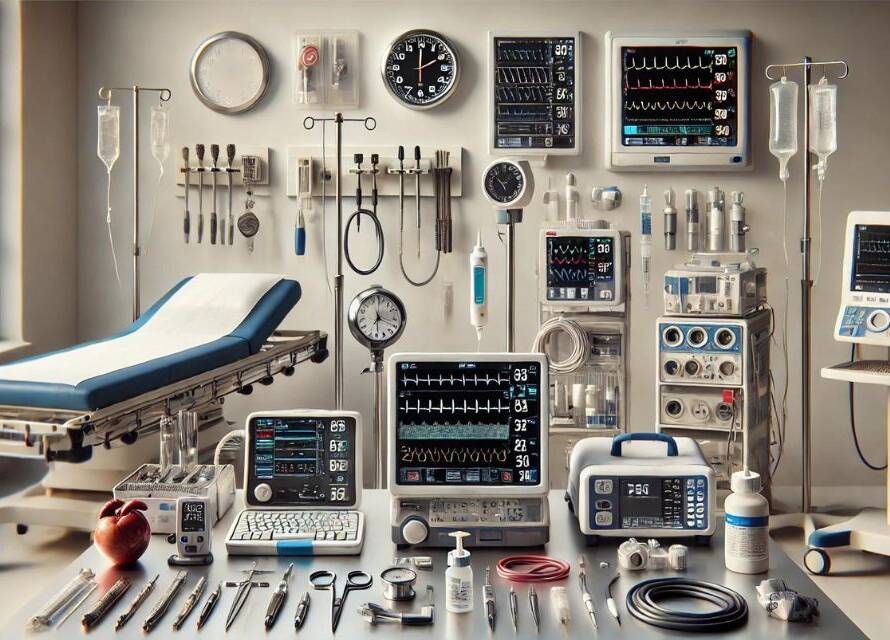In recent years, the increasing frequency of natural disasters has been exposing weaknesses in industries across the globe. The healthcare sector is particularly vulnerable, where disruptions in medical supply chains—caused by hurricanes, floods, and tornadoes—can have life-threatening consequences. Recent events have underscored the need for more resilient supply chains to ensure the continuous flow of critical products like IV fluids, anesthesia, and other essential medical supplies.
Case Studies: Disasters Straining Supply Chains
Two recent events illustrate how natural disasters can wreak havoc on healthcare supply chains.
In 2024, Hurricane Helene crippled Baxter International, the largest U.S. supplier of intravenous fluids. When their North Carolina plant was severely damaged, production halted, forcing hospitals nationwide to ration IV fluids and delay elective surgeries. Despite Baxter ramping up production elsewhere and importing products with FDA clearance, recovery was slow—only meeting 60% of usual demand. This event highlights the ripple effect that a single, localized disruption can have on a nationwide scale.
Similarly, in 2023, a tornado struck Pfizer’s facility in Rocky Mount, North Carolina, which produces a quarter of the U.S.’s sterile injectable medicines, including anesthesia and antibiotics. The damage forced production to a standstill, intensifying existing shortages of essential drugs. Hospitals leaned on stockpiles, but the shortage spotlighted the fragility of concentrating production in one area.
Ripple Effects Throughout Healthcare
When natural disasters hit medical supply chains, the effects are felt far and wide. Hospitals are often forced to delay surgeries or find alternative treatments. For example, the University of Pittsburgh Medical Center had to use electrolyte drinks instead of IV fluids to hydrate patients—an improvised solution that avoided delays but revealed the tight margins hospitals must operate within during crises.
These disruptions extend well beyond production. Damaged infrastructure also impedes logistics. Baxter’s attempt to ship IV fluids from overseas was delayed by flooding and road damage, further worsening shortages. Such ripple effects highlight the critical role logistics plays in disaster recovery, impacting everything from patient care to hospital operations.
Mitigating Strategies for Resilient Supply Chains
In light of these challenges, companies need to rethink how they can build more resilient supply chains to handle future disruptions.
One key strategy is diversifying manufacturing locations. Companies like Baxter and Pfizer should consider spreading production across multiple regions to minimize the risk of one disaster causing widespread shortages. By establishing manufacturing hubs in disaster-resistant areas or geographically dispersed locations, companies can better safeguard their supply chains.
Another vital approach is strengthening emergency response plans. Pre-positioning critical supplies and securing reliable transportation solutions in advance can help mitigate the impact of supply disruptions. Additionally, companies should work closely with federal regulators to expedite approvals for importing essential medical goods during emergencies. Baxter’s success in importing foreign IV fluids was crucial, but the delays caused by regulatory hurdles show the need for faster, more flexible responses.
As a U.S.-based company with 30 years of experience, Source Machining Specialties specializes in helping U.S. manufacturers with their manufacturing needs in India. We’re so confident in our Indian production facilities that we invite you to a site audit at our expense. Discover more about our capabilities and services, and let’s start a conversation.



